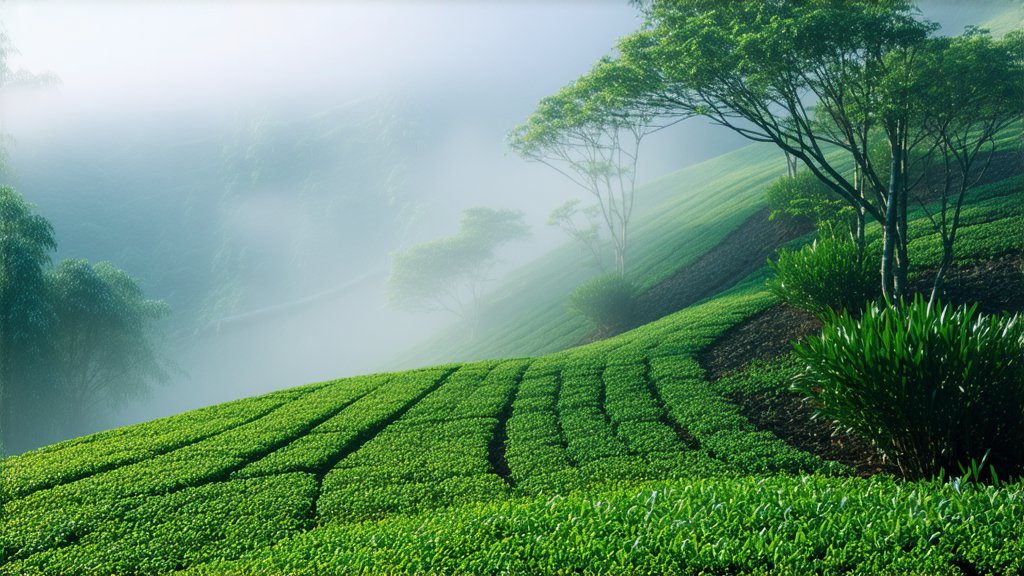
Longjing tea, also known as West Lake Dragon Well tea, is a quintessential representation of China's rich tea culture and its profound history in tea cultivation. This article delves into the captivating world of Longjing, exploring its historical roots, varieties, meticulous production process, and the art of its appreciation, offering an insightful glimpse into one of China's most cherished green teas.
A Glimpse into History
Longjing tea traces its origins back to the Tang Dynasty (618-907 AD), but it was during the Qing Dynasty (1644-1912) that its reputation truly flourished. It was Emperor Kangxi who bestowed upon this exquisite tea the name "Longjing," which translates to "Dragon Well." The tea gained immense popularity due to its unique flavor profile and the emperor's endorsement, becoming a symbol of imperial favor and a favorite among Chinese literati for centuries to come.
Varieties of Longjing
There are two primary varieties of Longjing tea: Xihu Longjing (West Lake Dragon Well) and Yu Hang Longjing (Yuhang Dragon Well). The former, grown around the scenic West Lake in Hangzhou, Zhejiang Province, is considered the epitome of quality and authenticity. Its leaves are flat and smooth, resembling the shape of a well-pressed spearhead, a characteristic that sets it apart. Yu Hang Longjing, while similar in taste and appearance, is produced in the neighboring regions and offers a more accessible alternative without compromising much on quality.
The Art of Crafting Longjing
The production of Longjing tea is a labor-intensive process that requires skill and precision. It begins with the careful selection of tender leaves and buds from the early spring harvest, typically between late March and early April. These young shoots are hand-picked, ensuring only the finest parts of the plant are used.
Next comes the pan-firing stage, a crucial step that defines the tea's distinctive flavor and aroma. Skilled tea masters heat large iron woks or pans and toss the fresh leaves continuously over high heat. This not only halts oxidation but also helps to shape the leaves into their characteristic flat appearance. The process demands constant attention to prevent burning while ensuring even heating.
After the initial firing, the leaves undergo a second round of roasting at a lower temperature to further develop their complex flavors. Finally, the tea is sorted and graded based on size, shape, and quality before packaging.
Appreciating Longjing Tea
To truly appreciate Longjing tea, one must engage in the traditional Chinese tea ceremony, which emphasizes mindfulness, respect, purity, and tranquility. Here's a guide to savoring this exceptional brew:
-
Preparation: Begin by selecting a clear glass cup or a Yixing clay teapot to fully appreciate the tea's color and unfurling leaves. Use water heated to approximately 80°C (176°F) to avoid scalding the delicate leaves.
-
Infusion: Place about 3-5 grams of Longjing tea into the vessel. Pour the hot water gently over the leaves, allowing them to dance and release their essence slowly.
-
Observation: Watch as the leaves gradually unfurl, revealing their vibrant green hue. Notice the subtle changes in color and the formation of a "dancing dragon" pattern as the leaves settle.
-
Aroma: Bring the cup close to your nose and inhale deeply. Longjing tea exudes a fresh, vegetal aroma with hints of sweetness and a slight nutty undertone.
-
Tasting: Take small sips, allowing the tea to coat your palate. Experience its smooth, mellow texture and the harmonious balance between its slightly grassy flavor and a lingering sweet aftertaste.
-
Reflection: As you savor each sip, take a moment to appreciate the craftsmanship behind this ancient tea and the centuries-old tradition it embodies.
In conclusion, Longjing tea is not just a beverage; it's a cultural treasure that encapsulates the essence of Chinese tea artistry. From its storied past to its intricate production methods and the meditative experience of drinking it, every aspect of Longjing invites us to slow down, appreciate the finer things in life, and connect with a legacy that spans millennia. For those seeking a journey into the heart of China's green tea heritage, Longjing stands as an invitation to explore, taste, and be transported.